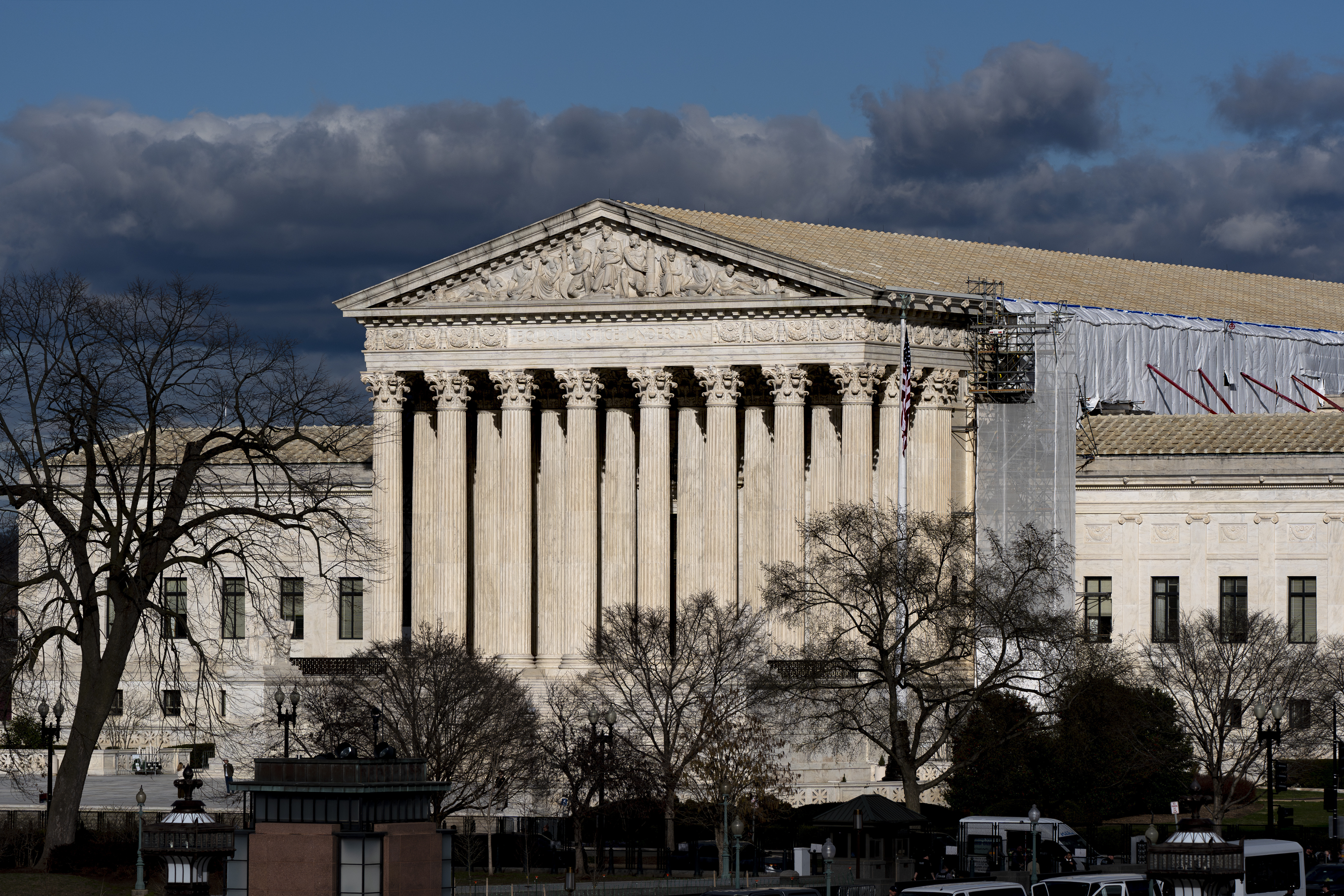California is undergoing a rather unusual trade-out. Decimated funding has led the state's higher education institutions, particularly the University of California, to accept fewer in-state students while admitting more out-of-state students. The reason is simple: out-of-state help to make up for reduced state funding.
For the 2011-2012 academic year, undergraduate in-state students paid $12,192; out-of-state undergraduates were charged $35,070, or a premium of $22,878. Moreover, there will be even more out-of-state students in the future. That's because UC has steadily increased the number of out-of-state admissions, leaving fewer slots for local residents.
Meanwhile, the state is witnessing an exodus of students to other states courtesy of a little known program, the Western Undergraduate Exchange. Under this program, 150 colleges and universities in 10 western states admit out-of-state students at no more than 150 percent of their in-state rate, a much better deal than UC provides. Unlike the struggling UC schools, most of the participating colleges outside of California have lots of room, plenty of course offerings, and can graduate students within the traditional four-year period, something that's becoming almost unheard of here because of dwindling resources.
As conditions have soured here, increasing numbers of California students have jumped on the out-of-state opportunity to get quality educations at reasonable costs. Over the past four years, the number has soared to nearly 10,000--14 times the number of out-of-state students who come here under the same program.
Underneath all of the movement is a burning issue for the state--the question of just how many college graduates we can provide to meet the state's needs. A 2012 study by the Public Policy Institute of California found that by 2025 California would require 41 percent of its work force to have four-year degrees.
At the time, the state was on a trajectory to provide degrees for 35 percent of the workforce. Moreover, recent reductions in-state acceptances coupled with higher tuition only increase the likelihood that the chasm between available jobs and properly educated workers will only grow in the coming years.
The result is a two-fold whammy for California. On the one hand, the state higher education system has become so limited that local students are going elsewhere in larger numbers, with no guaranty that they'll return.
U.S. & World
News from around the country and around the globe
On the other hand, admission of out-of-state (and nation) students does not assure that these will stay upon graduation. In fact those from outside the U.S. almost certainly will not stay here. Of the 32,000 out-of-state applications for 2012-2013, nearly 14,000 are from other countries.
With thousands of local students fleeing elsewhere, and thousands of replacements who will be here only until they receive their educations, there is much to fear about the capacity of the future workforce in California.
All this because of a ravaged higher education that must prop itself up by admitting those willing to pay more as locals head for greener education pastures.
It's yet another sign of public infrastructure in a downward spiral.
Larry Gerston teaches political science at San Jose State University and is the political analyst at NBC Bay Area.



